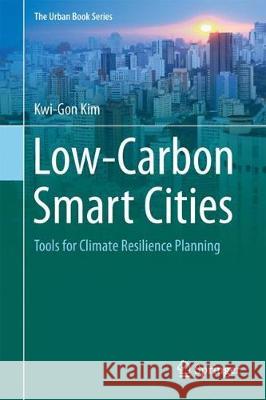Low-Carbon Smart Cities: Tools for Climate Resilience Planning » książka
topmenu
Low-Carbon Smart Cities: Tools for Climate Resilience Planning
ISBN-13: 9783319596167 / Angielski / Twarda / 2017 / 342 str.
Kategorie BISAC:
Wydawca:
Springer
Seria wydawnicza:
Język:
Angielski
ISBN-13:
9783319596167
Rok wydania:
2017
Wydanie:
2018
Numer serii:
000789133
Ilość stron:
342
Waga:
0.75 kg
Wymiary:
24.49 x 16.66 x 2.51
Oprawa:
Twarda
Wolumenów:
01











